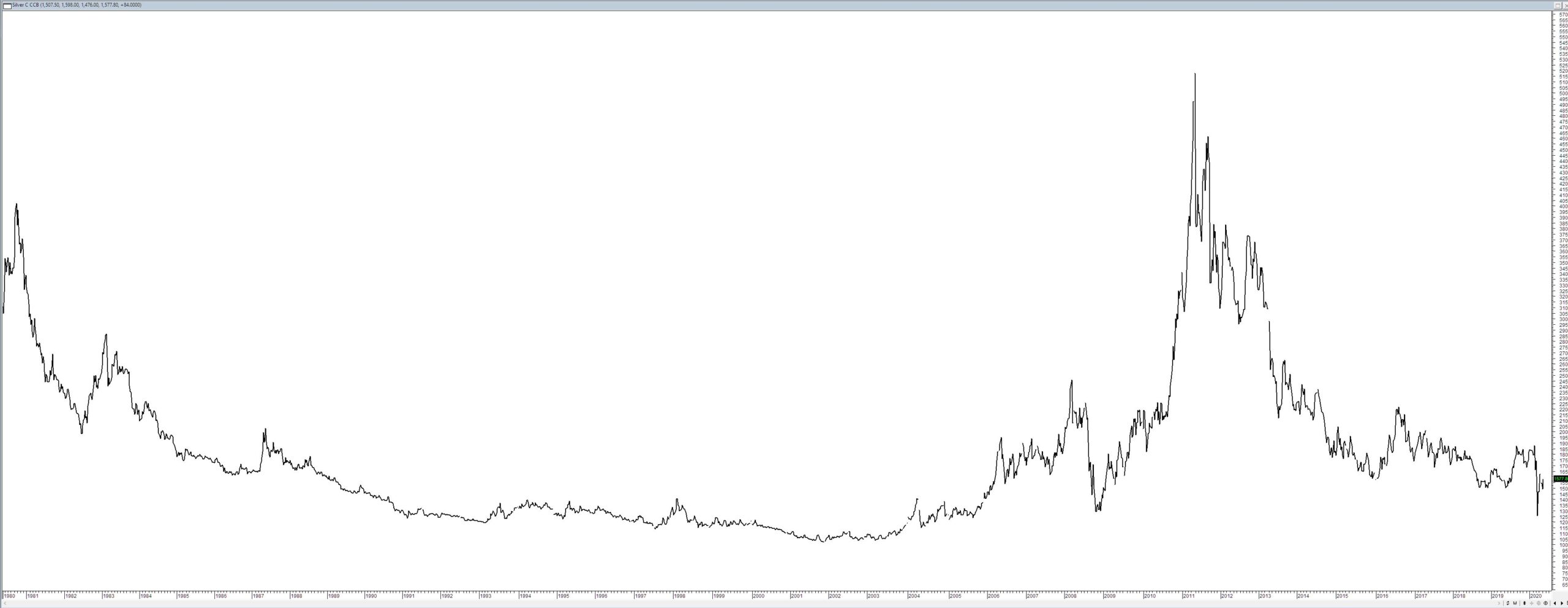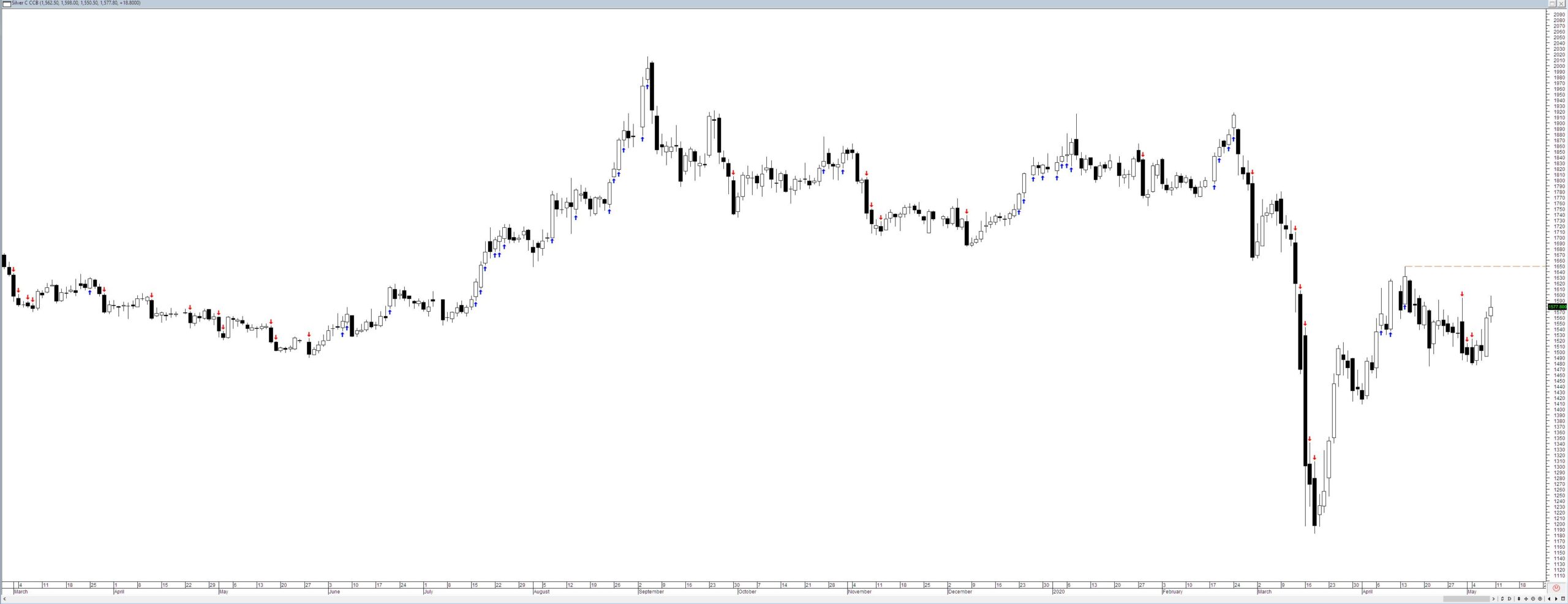Trading is a profession of uncertainty – the window into tomorrow is opaque as such our decisions are merely bets made on a series of potential outcomes. This uncertainty is essential since it brings the potential for profit, if there is no uncertainty then there is no chance of profit. Claims of no risk trades are in essence an affront to the true nature of the universe and while they appeal to the naive, the gullible and the plain stupid they simply don’t exist within the realms of trading. This lack of certainty does prompt a series of behaviours in traders that range from the bizarre and symptomatic of mental infirmity and illness – think astrology and Gann. To the more common problems of information overload. Traders seek solace against uncertainty by drowning in ever greater volumes of information, the thinking is that the more you know the more you control for uncertainty – this is clearly not true and is merely a psychological crux upon which traders hang their potential futures. Everything you bring to trading should add something to the decision-making process, it should in some ways be actionable. Mere observations of the various perturbations in markets are not actionable.
As an example consider this chart below that appeared in one of my social media feeds.

The commentary was along the lines of we know see the greatest dislocation between silvers physical price and its futures price in a generation and this was accompanied by an arrow on the chart as if this predicts the future direction of price. The central question is how to action this observation because there are a series of possible futures.
- The dislocation may be due to an overpricing in the physical market and hence physical prices might retrace.
- The dislocation might be due to an underpricing in the futures market and futures prices might rise.
- The dislocation may be a permanent feature of the market and nothing might happen.
So the little yellow arrow in the chart doesn’t reflect what might happen merely what the author of the chart wants to happen. It would seem obvious to state such but the two are vastly different and most information gathering and by extension technical analysis is based upon what traders want to happen. It is not an assessment of what are the possible future paths price might take. Most information gathering is therefore simply confirmation bias in action.
To further consider the difference between actionable information and observation consider the long term chart of silver below.

My observations of this could run along the lines of the following –
- Silver endured a multidecade bear market.
- It had a bounce in 2006/07
- A bull market in 2009/10/11
- A collapse post this bull market
Whilst these observations are interesting from a historical perspective none of them provides any sort of information that can be used from a trading perspective. I could have added a notation accompanied by an arrow in on the chart that said something along the lines of silver was once 5400 and is now 1577 thereby implying that silver was going to go back to its previous high. Once again this is nonsense and in no way helpful. A more effective commentary can be seen below.

The statement is simple – if price breaks to a new high place a bet to go long. Note the use of the word bet – this word confirms the uncertainty of what we are doing. We are operating in a future that is blind to us. There is no reference to any macro features, no irrelevant charts of what we might want to occur. Simply a statement of intent. If this action is not forthcoming then we move onto whatever the next phase of price is. It is reactive, not predictive – prediction insinuates a known course of action.
Trading is hard but traders make it harder than it should be by overloading their decision making with all sorts of superfluous and irrelevant knowledge. You must always be asking yourself the question does this information enhance the actual decision-making process or does it merely act as a sop to my ego and falsely remove the fear that uncertainty brings. Building a trading system is a quest for subtraction, not addition, you are continually looking to par back the process to the point where it can logically be no simpler and this point of ultimate simplicity generally resides within the realm of simply looking at price with nothing else scrawled all over the chart. In doing this you are looking at the very essence of what the market is telling you and it will tell you all you need to know if you just listen.
So in the words of Jagger and Richards –
And the man come on the radio
He’s tellin’ me more and
More about some useless
Information
Supposed to fire my
Imagination





There is one thing for sure.
It will go up, go down or stay the same.
Thanks Chris.
So your not a believer in “weight of evidence” style of analysis?
I am but people dont understand the line between evidence and irrelevancy.